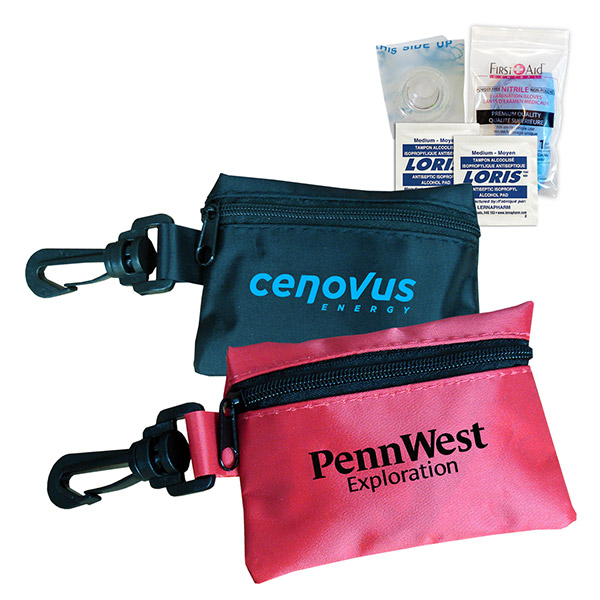

Select one, and it is "in effect" until you select another, or quit the program. There is a drop-down arrow, which brings up a menu listing the templates available. With the above example, you could have saved this file as "medicine_wisdom.txt", and it would have shown up as "medicine_wisdom" in the menu, after refreshing the list.Īdd the Template button to one of the toolbars, such as the ClipMate Explorer toolbar.


Use one of the example templates as a guide. The name of the file becomes the name of the template. Just create a text file in that directory (use the handy "open directory" option on the template menu), and it will show up on the "templates" list the next time you start the program. The templates are just text files, residing in the "templates" diretory beneath the ClipMate program directory. So, some users may still need to rely on the QuickPaste formatting strings, or a combination of both. The disadvantage is that it cannot append any special navigation keys, such as tabs or ENTER keys. So you don't have "runaway macro" situations, or keystroke compatibility problems. The advantage is that it's a much more reliable method of transfer - it's just using the clipboard, like any other clip. Then it can be simply pasted into any program, without the complexity and compatibility issues of sending dozens of keystrokes. So in the example above, the URL, date/time, etc., along with the text of the clip, are all "merged" into the template, and then the whole thing is then placed onto the clipboard. Unlike QuickPaste Format Strings, which send additional keystrokes to the target application before and after the clip is pasted, templates are pre-assembled before being transferred to the system clipboard. #SEQUENCE# - sequence number - 1, 2, 3, etc.RESET from the templates menu. The complete list of replaceable "tags" is: This silly example demonstrates the versatility of the templates. Recorded into the almighty "winword" on this date: You would likely use a template similar to this one:Īdded to my ever-expanding knowledge on: #DATE# #TIME# You may desire a format like this:Īdded to my ever-expanding knowledge on: 11:59:02 PM Suppose you are copying contact information from a web page, and need to paste into a document, along with the date/time and URL that the data was copied from.Īsprin - good for headaches, fever, blood thinning.Īnd you would like to paste it into a Word document, showing not only the clip, but the source, and date/time that you captured the data. It works like a "mail merge", where you have a layout file with "tags" that determine where the various fields of the clip will appear in the "output", in this case, the text actually pasted into the target. Templates allow you to paste a clip along with other attributes of the clip such as the date/time that it was captured, the source of the data, URL, etc.


 0 kommentar(er)
0 kommentar(er)
